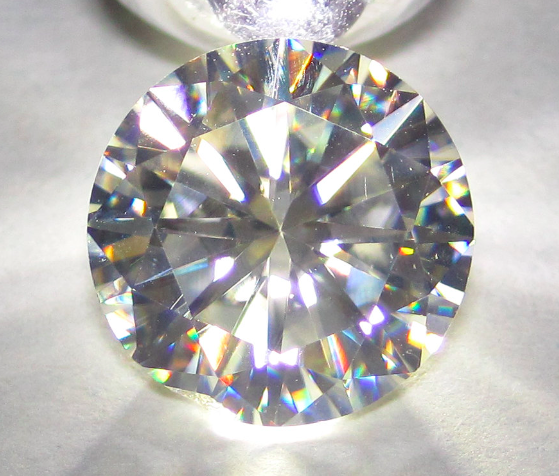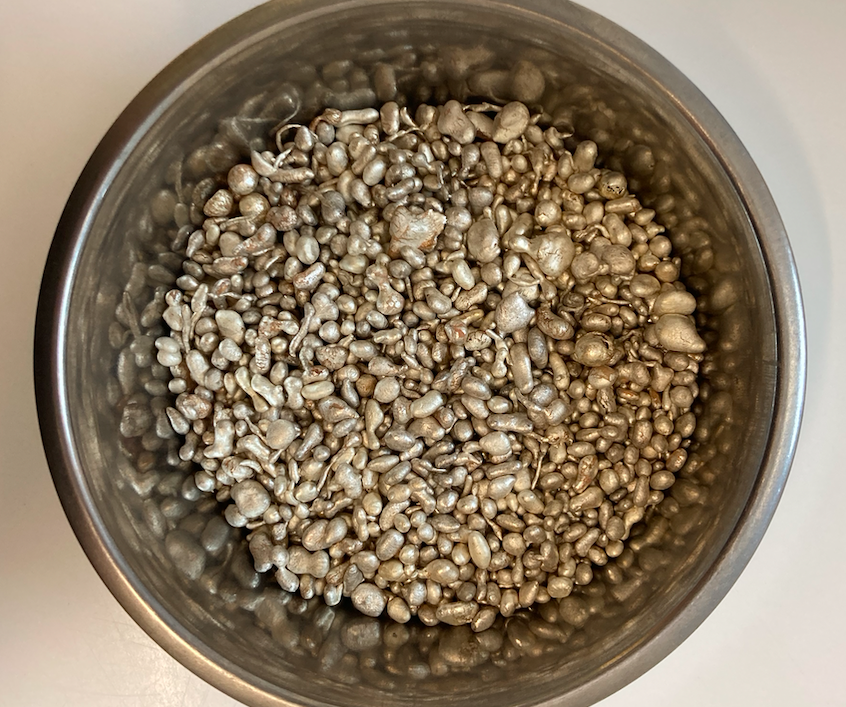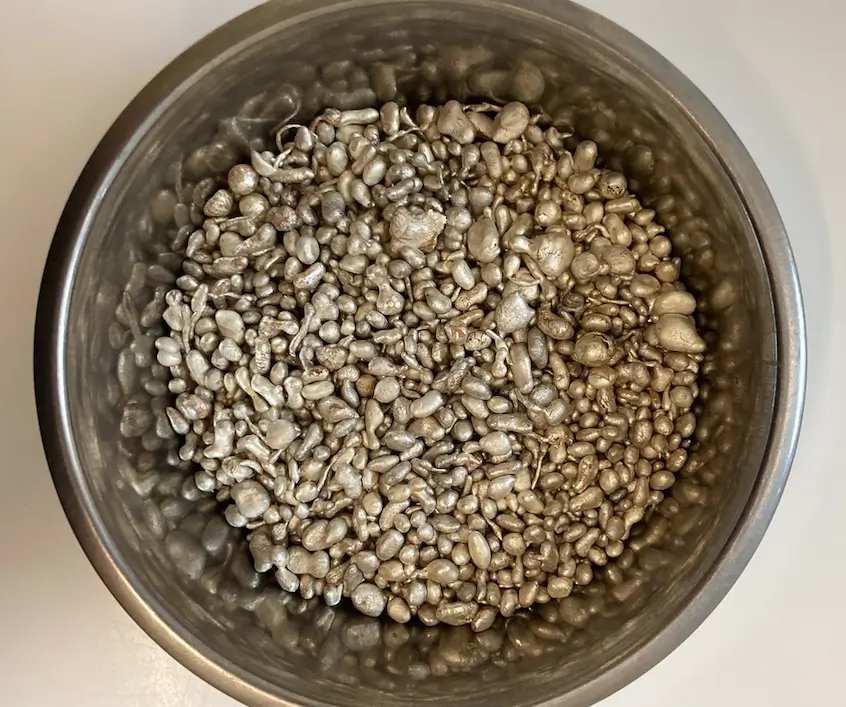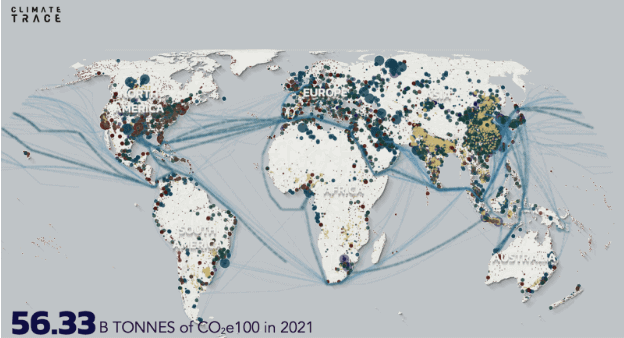Image Credit – AA Fine Casting Limited and Madi Apthorpe
From scientific breakthroughs to Fairtrade gold, the jewellery industry is carving its path through the era of sustainability. By utilising methods and systems, designers are helping to alleviate the sustainable and ethical issues associated with the trade.
Lab-grown Diamonds
Lab-grown diamonds are not to be confused with imitation diamonds like moissanite or cubic zirconia. Labs, such as Diamond Foundry in California, can make diamonds 100% chemically and visibly identical to a diamond mined from the ground.

There are two ways that lab-grown diamonds are made. Both begin with a ‘seed’ which is a tiny diamond coated in carbon molecules.
The first method is High Press High Temperature, where 1500 degrees Celsius and 1.5 million pounds of pressure per square inch are placed on the ‘seed’ in the chamber. The second method, Chemical Vapour Deposition, releases chemicals into the chamber that break down and harden into crystal carbon structures around the ‘seed’.
Both methods take just a matter of weeks and could very well be the way forward for the diamond industry.
Synthetics
Now that people are aware of conflict diamonds and blood gems, some steer away from these and opt for synthetic stones such as cubic zirconia and synthetic moissanite. As the second hardest material in the world after diamonds, moissanite is a fraction of the cost of a diamond and can often pass as one to an untrained eye.

One way of making moissanite uses a HPHT method, the same as lab-grown diamonds. A silicone carbine shell is placed in a graphite casing with immense heat and pressure applied. A more recent method involves vaporising silicon carbide, resulting in a rearrangement of the element and the formation of a crystal. This method is the most profitable as it produces high-carat crystals.
Kimberley Process (KP)
Established in 2003, the KP is a way of the industry trying to end the entrance of conflict diamonds into the market. As an international certification scheme, it can track certified diamonds from where they’re mined to the consumer who bought them, aiming to ensure the process caused minimal to no harm. With 85 participating countries, including the EU which counts as one nation, the KP states that their diamonds make up 99.8% of the market.
However, the KP has been criticised by human rights groups such as IMPACT and Global Witness. From KP-approved tax havens that allow diamond profits to land in the hands of corrupt government leaders, to dismissing other human rights issues along the supply chain, the KP may not fulfil exactly what it stands for.

Nanoparticles
Harnessing Gübelin Gem Lab’s “Provenance Proof” nanotechnology, nanoparticles have successfully been inserted into the surface of recently mined emeralds like the 5,665 carat emerald that was found in Zambia in 2018.
These minuscule devices can be removed and read at a later date to identify and trace back to where the emeralds were mined. The nanoparticles are so small that unless the Gemological Institute of America (GIA) is told they’re there, they wouldn’t know.
EcoSilver
EcoSilver is a recycled material that can be sourced, verified, and registered to prove its sustainable background. It’s made up of scrap silver, medical equipment, and electronics. It costs slightly more per gram than regular silver because of the additional manufacturing costs involved in refining it, but many designers choose to use it regardless of the price.
Both designers and customers rest easy knowing that the metal they’re using or wearing isn’t contributing any additional damage to the environment.

Fairtrade Gold
Fairtrade Certified Gold is the first gold certification system the industry has seen. The foundation Fairtrade began working with gold in 2011. All gold that is approved by the foundation is stamped and certified in their system and can be traced back to the mine where it was found. The foundation ensures environmental damage is to a minimum, supports miners in getting paid adequately for their labour, and reduces corruption that can come hand-in-hand with mining.

09/09/2022




